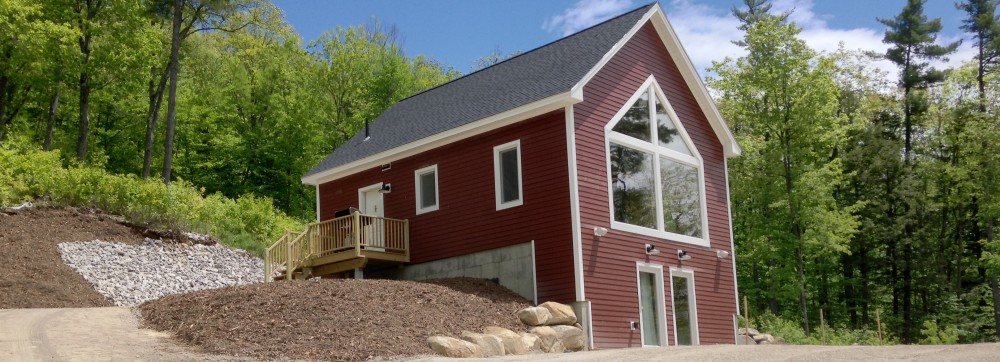As I prepare to build my dream home from researching to interviewing builders, I realized there are very few resources available which explain the gap between “thinking about building a house” and “breaking ground”.
While I still have a long ways to go, let me give you some insight into my planning process:
- Buy land – I was fortunate to purchase a great 30 acre site which has a phenomenal view.
- Determine budget – I determined roughly how much I could borrow and how much I was comfortable spending
- Develop the design – I started with a rough design and learned quickly hiring an architect is both critical for accurate quotes and essential to a well laid-out plan and stunning design.
- Collect quotes – Going into this project, I thought a turn-key quote from a builder would be sufficient. I very quickly learned that if you want average quality a turn-key quote is okay; however, if you want superior quality you need to do some legwork. I tried to get hard quotes for major and specialty items upfront, including:
- Site Work – I secured a quote for the driveway, site clearing, foundation excavation, and septic system (all one contractor).
- Windows and Doors – I wanted very specific high-performance windows and wanted to hand my builder a quote from the dealer to ensure the right items were purchased
- Water Well – Being an engineer, I did some preliminary research to better understand the most likely ground conditions for my well and handed that to a few contractors so I could select the most cost-competitive.
- SIPS – The SIPS shell is another item that was worth shopping. I had several manufactures quote the project and was able to select one which met my cost and schedule as well as would support my builder during the structure assembly.
- Kitchen & Bathrooms – Typically a builder gives an allowance for your kitchen and bathrooms. I felt it was important to make the decisions for these two areas early-on and simply plug-in hard numbers to my budget spreadsheet.
- Lighting – Lighting is one of those areas that you can spend a little or lot. Again, I wanted to ensure I had hard numbers to plug into the budget spreadsheet.
- DIY Items (HVAC, Audio Equipment, Alarm) – All of the items on my “DIY List” I needed to come up with accurate shopping lists for in order for the bank to accept them on my loan application.
- Builder Quote – With all of the big-ticket items decided-upon and hard quotes in-hand, the actual construction of the house needs to be quoted. I elected and would recommend selecting a builder who agrees to be transparent with his pricing (Time + Material + Material Mark-up).
- Mesh Your Quote & Builder Quote – With most of the project firm-quoted the next step is combing all of this information. I put together a multi-tabbed spreadsheet which provides an overview of my project and has detailed information on each choice.
- Bank Financing – With the project carefully quoted you are one step ahead of the typical homeowner/builder. The next phase involves taking the detailed information and going to the bank. As part of the financing process, you will work out a draw schedule which supports your construction schedule so the builder, subcontractors, and suppliers can all get paid.
- Order Long-Lead Items – This includes the SIPS and Windows for me, but may differ on your project.
- Build the House!
